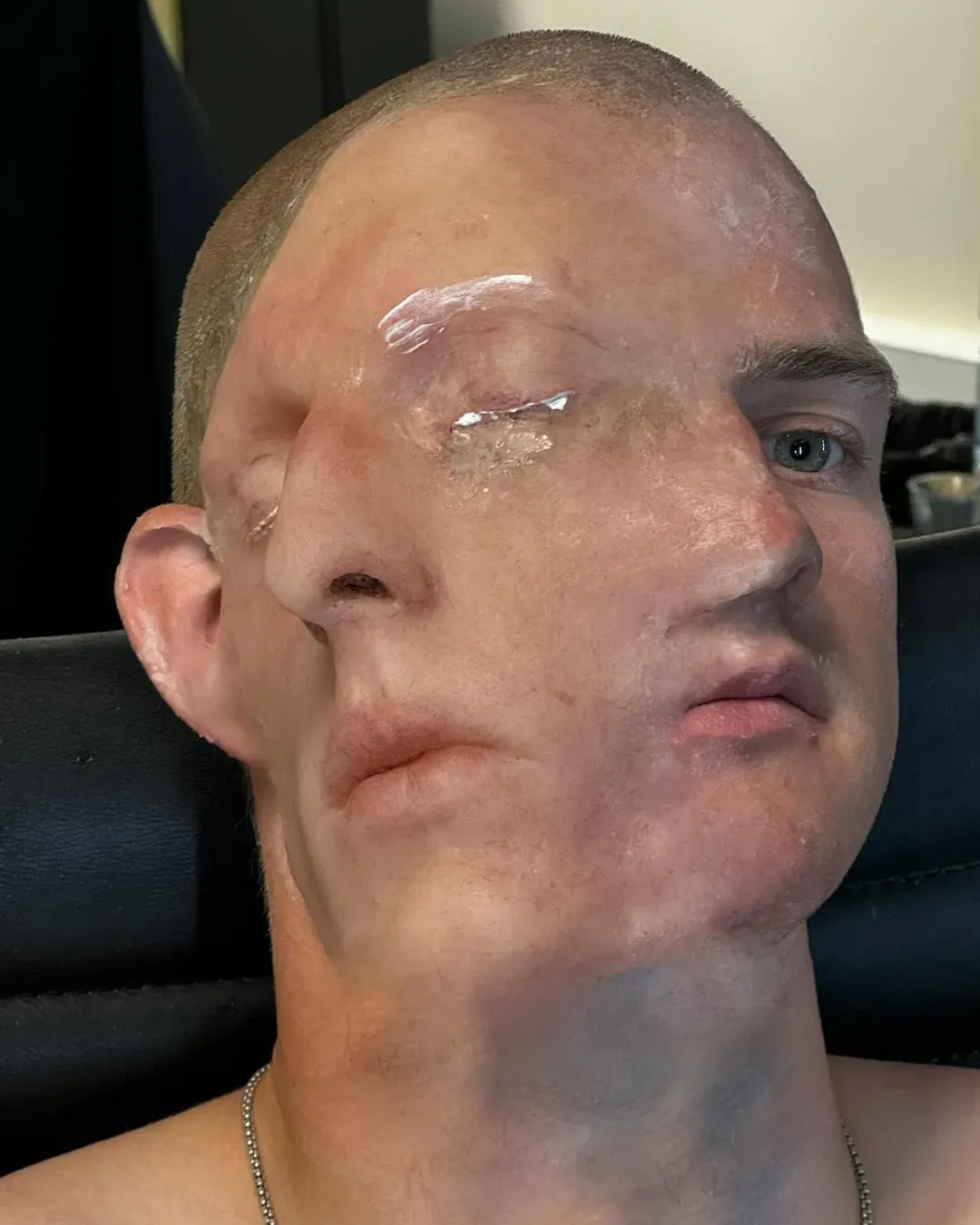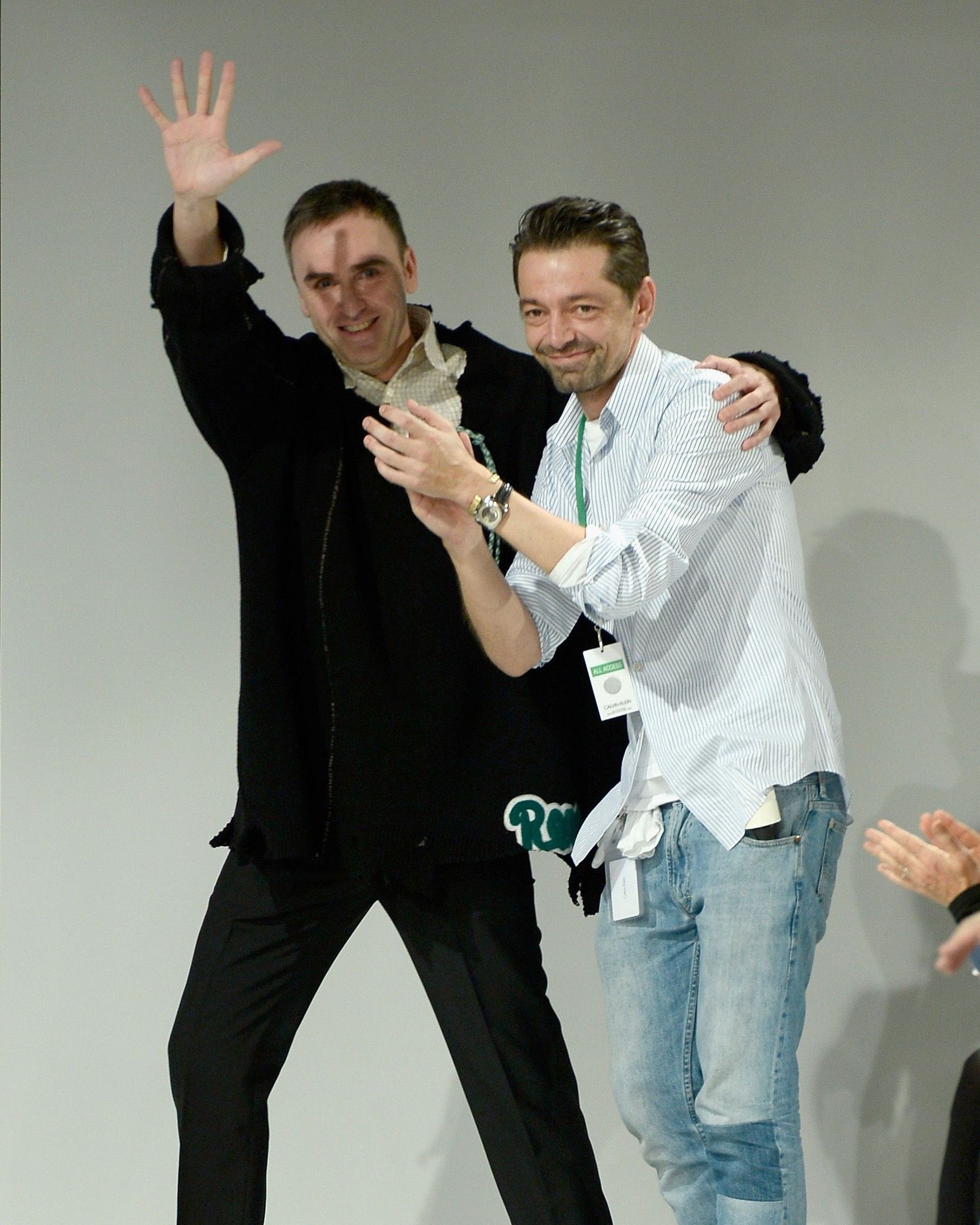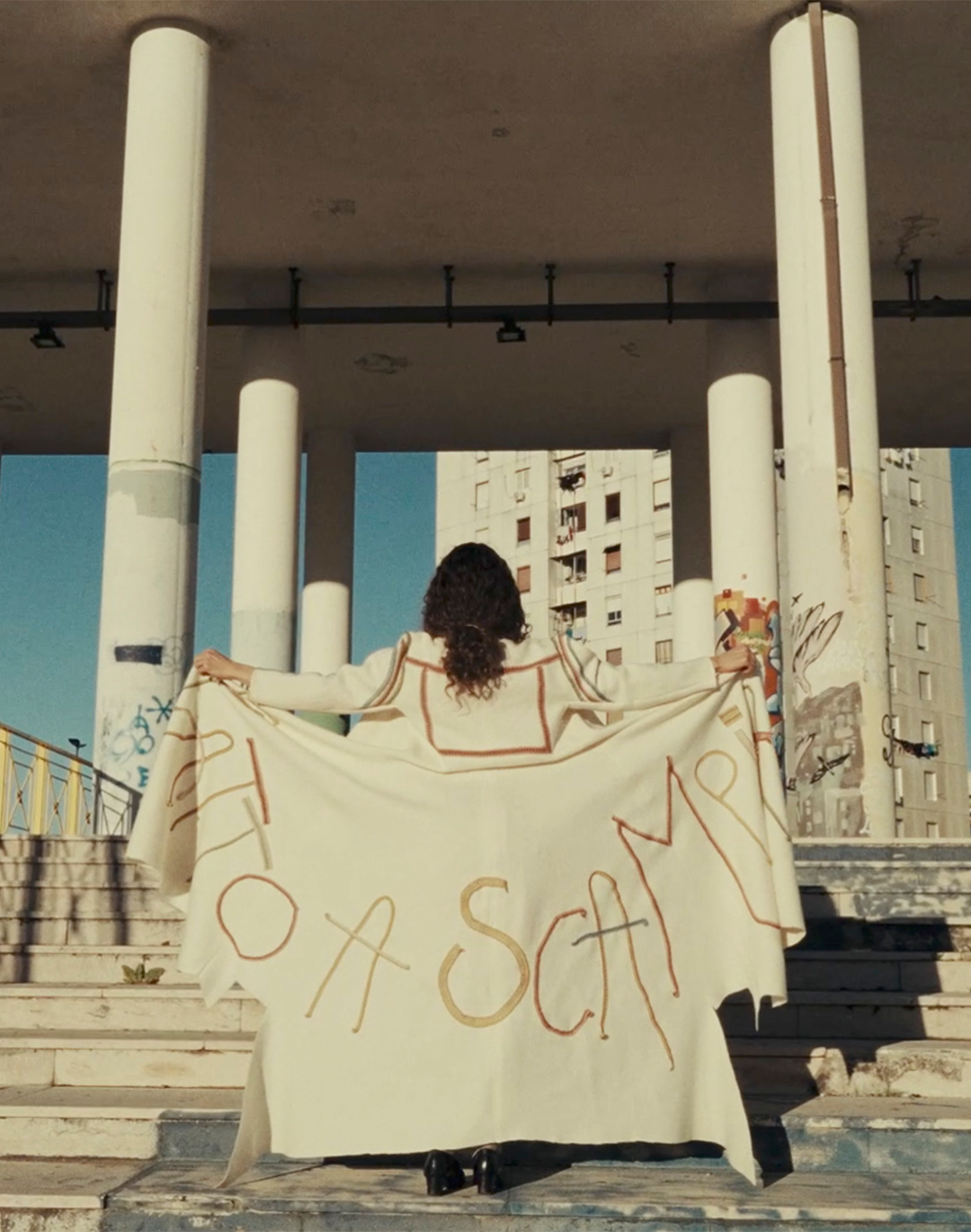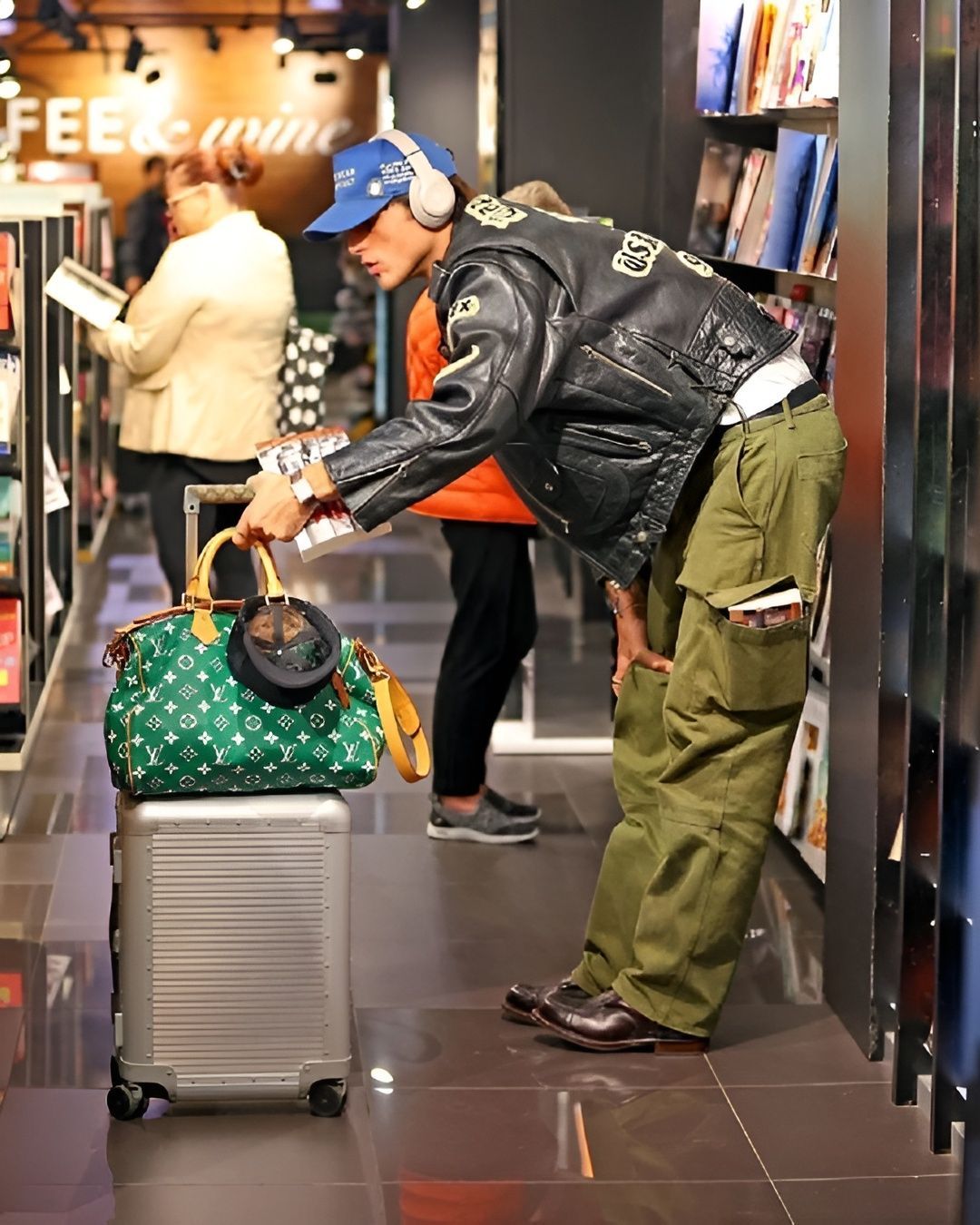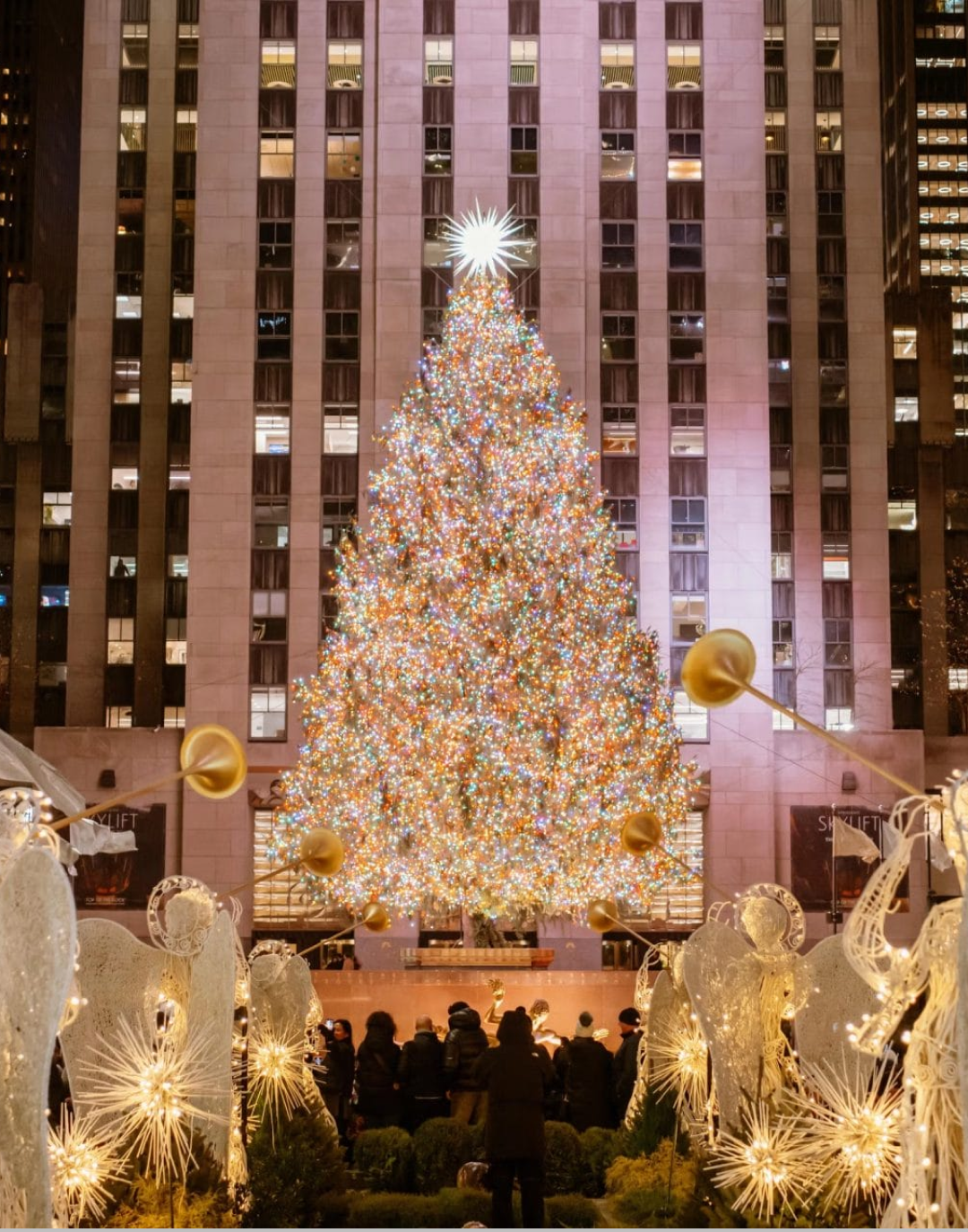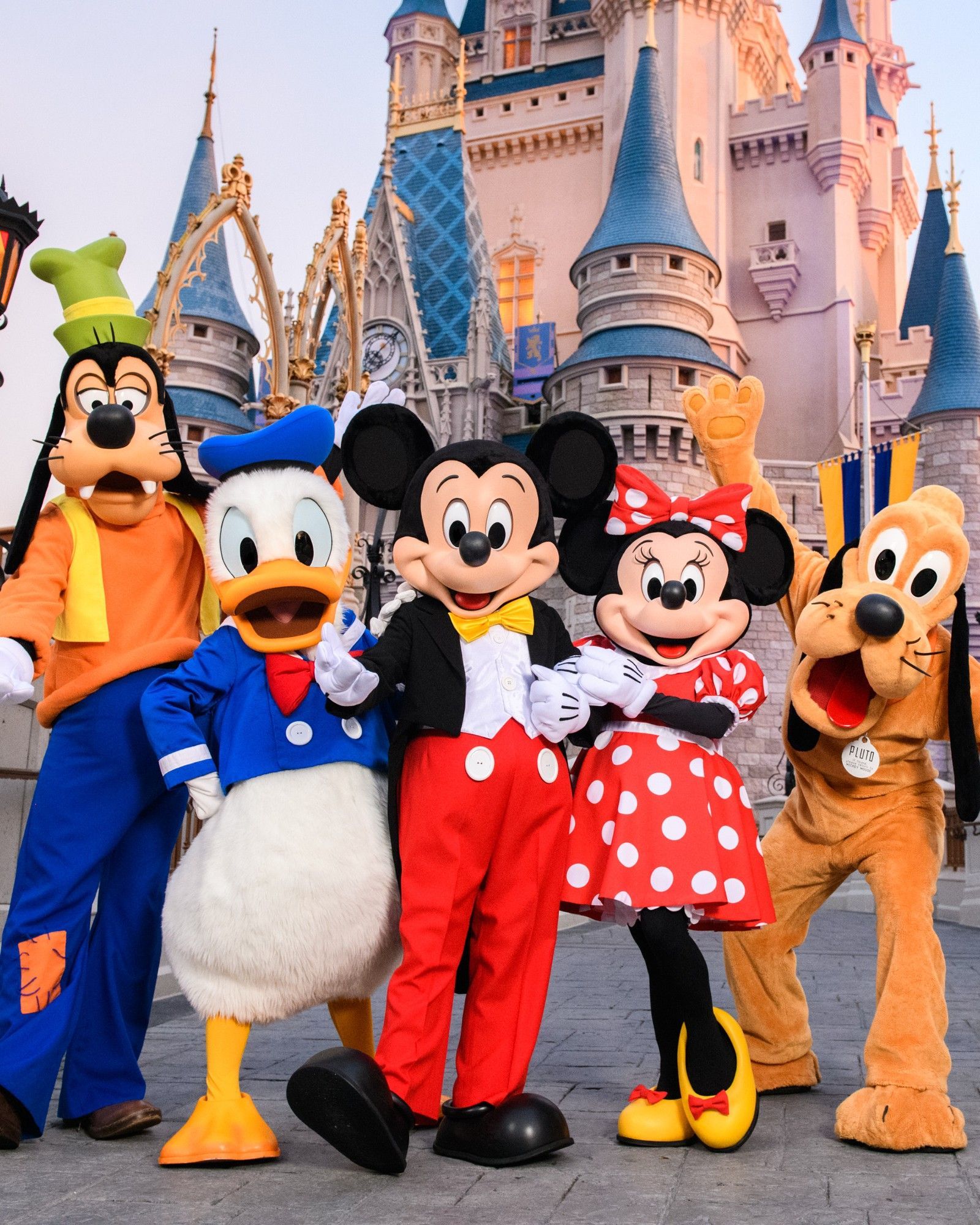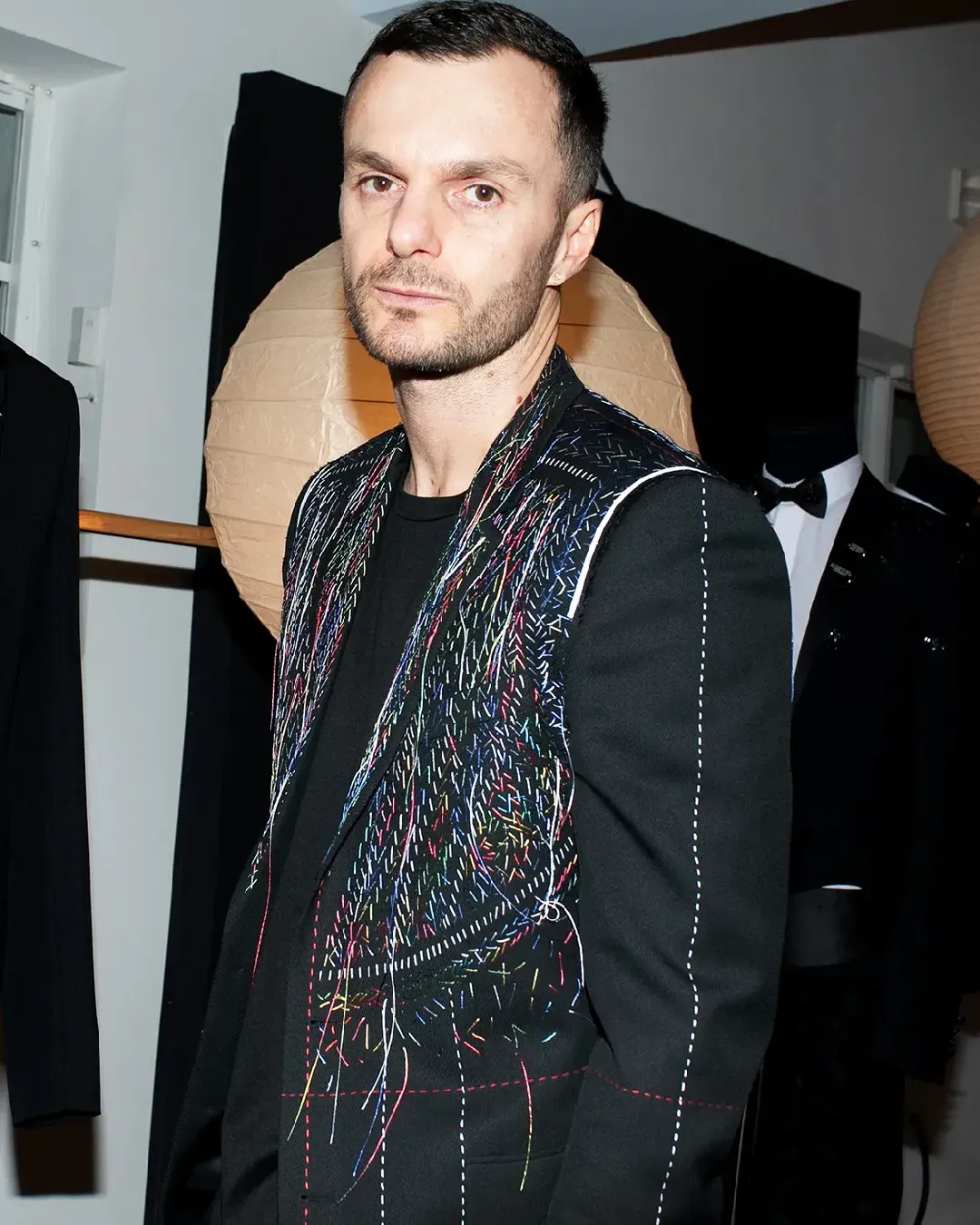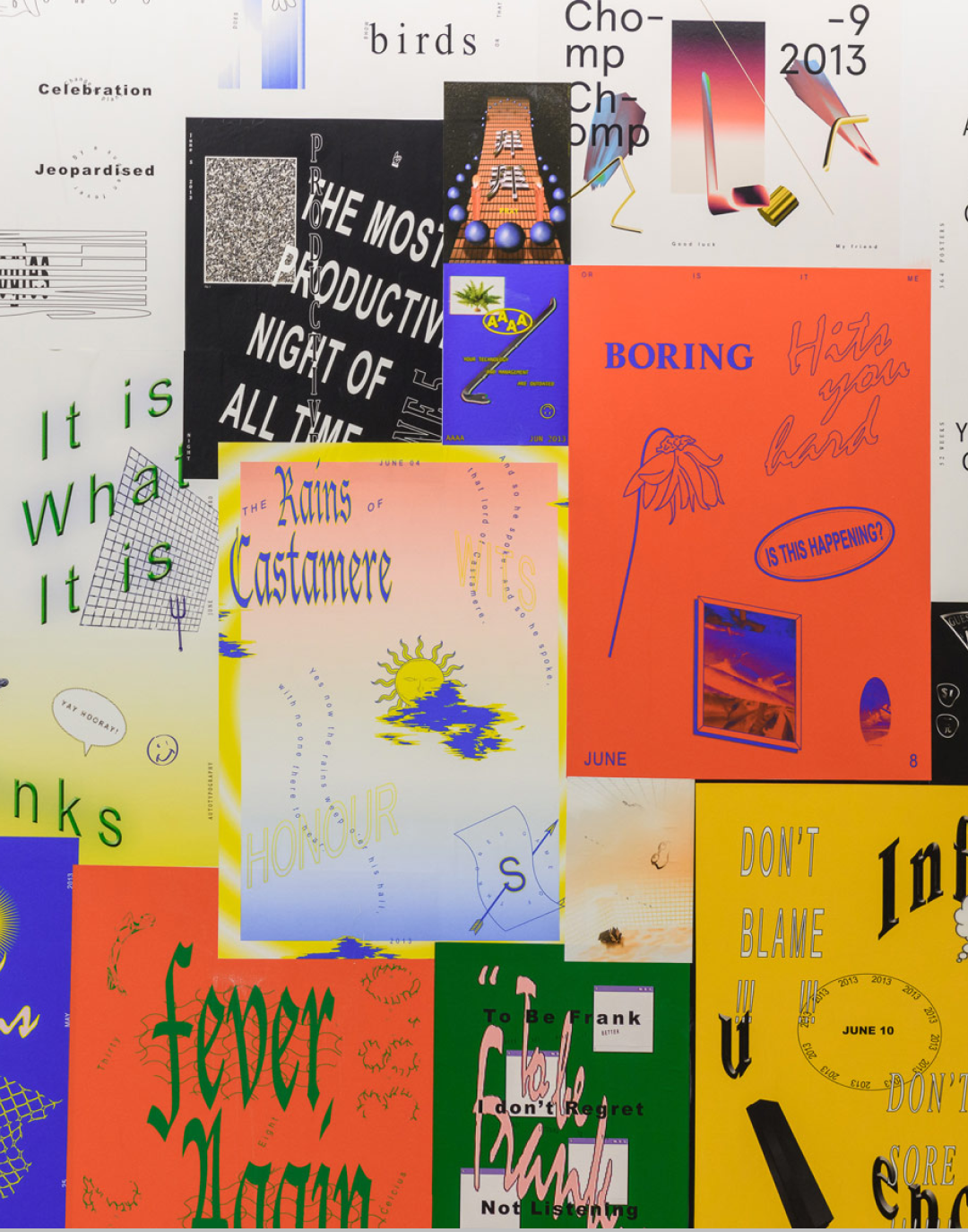
How AI is redefining interior design Data in hand, the future of interiors is hybrid
Artificial intelligence has become a concrete tool for interior design, revolutionizing the conception, visualization, and production of spaces with numbers that leave no room for misunderstanding. In 2024, the global market for AI applied to interior design reached 1.09 billion dollars, and in 2025 it will grow by over 27% to reach a value of 3.59 billion by 2029. Specific software is also keeping up: the AI‑Interior‑Design Market segment is valued at 1.39 billion in 2025 and will grow to 3.59 billion by 2034, for an overall growth of 26.9%. Another report that considers the broader category of AI-Powered Design Tools indicates higher market values: 6.77 billion dollars in 2025 and 15.06 billion by 2034. Behind these figures lies widespread adoption, with a study by the Design Institute of Technology revealing that 65% of design professionals have already integrated AI tools into their workflow, while the 2025 U.S. Design Industry Benchmark Report confirms that about one-third of A&D companies use them regularly — and another third is ready to do so within a few months. Finally, 72% of design studios believe AI will be able to autonomously manage complex spatial designs as early as 2025, and 68% see it as a standard tool for project management. Among the most used technologies are text-to-image tools like Midjourney, DALL·E, and Stable Diffusion.
@interiorhomedesign1 Living in an old Abbey in Belgium by @nest_cape in Kling AI. @interior_home_design1 #home #ai #house #interiordesign #luxury #LuxuryLiving #DreamHome #ModernArchitecture #ArchitecturalPhotography #EpicLandscapes #ScenicViews #LuxuryLifestyle #NatureLovers #Wanderlust #EarthFocus #ExploreTheWorld #DesignInspiration #ArchitectureLovers #NatureIsArt #LuxuryRealEstate #ArchitecturalDesign #LandscapeLovers #OurPlanetDaily #HomeGoals #TravelGoals #aiart #aiarchitecture original sound - interiorhomedesign1
Midjourney set the standard: it generates hyper-realistic renders through simple text prompts, becoming a core part of the creative phase for moodboards and innovative concepts. Beyond visual generation, AI supports tools like Interior AI, capable of transforming real photographs into reconfigured spaces in dozens of styles, extremely useful in the early design stages. Similar results also come from platforms like Canoa Supply, which integrates AI modules to identify optimal layouts and tailored decorative solutions, enhancing productivity and creative iteration. The boom is also driven by the integration of AI with augmented reality. Furniture platforms no longer just offer virtual overlays but fully regenerated environments in three-dimensional sections. IKEA, Houzz, and Google Search implement image search functions, recommending similar and ready-to-purchase furniture pieces.
However, AI does not replace the designer. As Realsimple emphasizes, new technologies are more suited for brainstorming than making final decisions: they rarely take into account important design values such as systems, ergonomics, technical constraints, or human taste. Moreover, AI reflects pre-existing visual databases, risking reproduction, bias, or lack of originality. Artificial intelligence has redefined interior design in four concrete ways: visual support (generated moodboards), spatial optimization (layout algorithms), personalization (style and mood), and production (rendering and rapid prototypes). The numbers show rapid and widespread adoption (50–70% of professionals), and use cases display impressive visual results, while limitations persist in handling practical metrics for what remains imaginative. But AI is no longer just about static images. Tools like Runway, Kling, and Google’s new Veo 3 are pushing artificial intelligence into the world of video and visual animation, creating immersive, photorealistic, and moving content. Runway, already used by creatives, studios, and brands, allows the generation of short animated sequences from text prompts or reference videos: it's increasingly common to see furniture, fashion, or hospitality brands using this type of visual for space or product presentations. Kling, with its ability to animate textures, lighting, and 3D scenes, is being integrated into the visual workflows of the most experimental content creators and interior design studios.
According to leading tech and creative observers, by 2026 all design and graphic software will integrate artificial intelligence, if they haven’t already. Adobe is doing this with Firefly, integrated into Photoshop, Illustrator, and Premiere, to generate AI images, extend scenes, modify textures, or remove objects from environments in seconds. On Canva, a platform used by over 150 million users, AI is now present in more than 10 functions, including text generation for presentations, adaptive design, and intelligent image editing. Figma, now part of the Adobe ecosystem, has also started internal testing for integrating AI suggestions into visual prototyping. The near future of interior design will therefore be hybrid: a combination of smart tools and human sensitivity. The designer becomes a curator, a professional capable of selecting among dozens of alternatives the ones most coherent with the space, the people, and the atmosphere. AI does not replace the human touch, but enhances it, speeds it up, and forces a new stance: more strategic. In this transition, the aesthetic language evolves: we will see spaces born from algorithms, kitchens inspired by prompts, layouts conceived with a digital assistant. And those designing environments will have to do so with one eye on reality and the other on a future already suggesting new forms.






